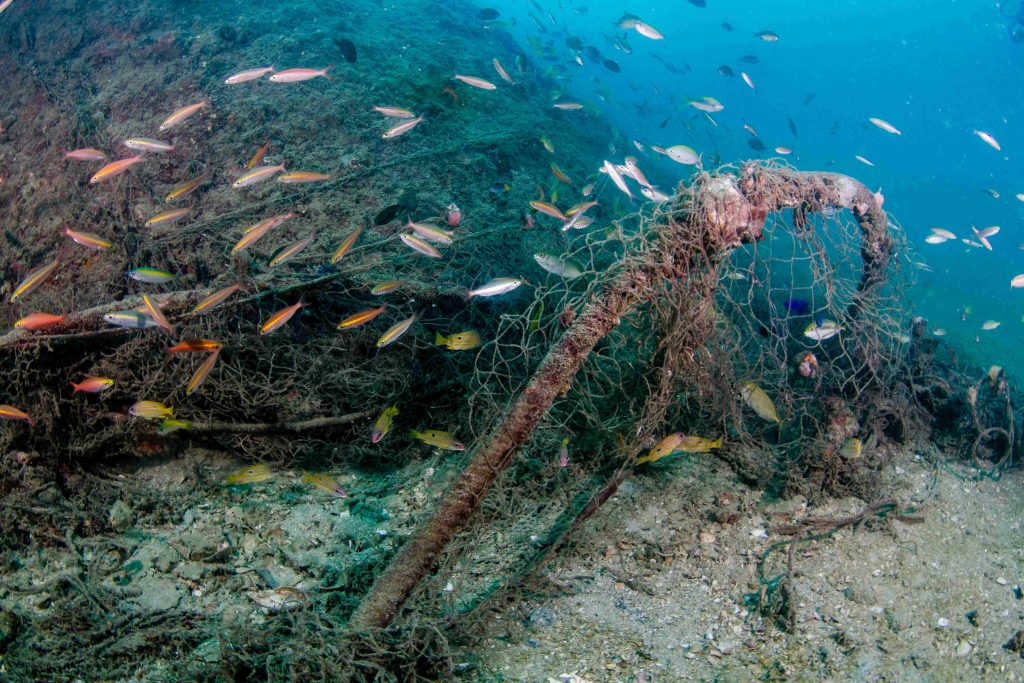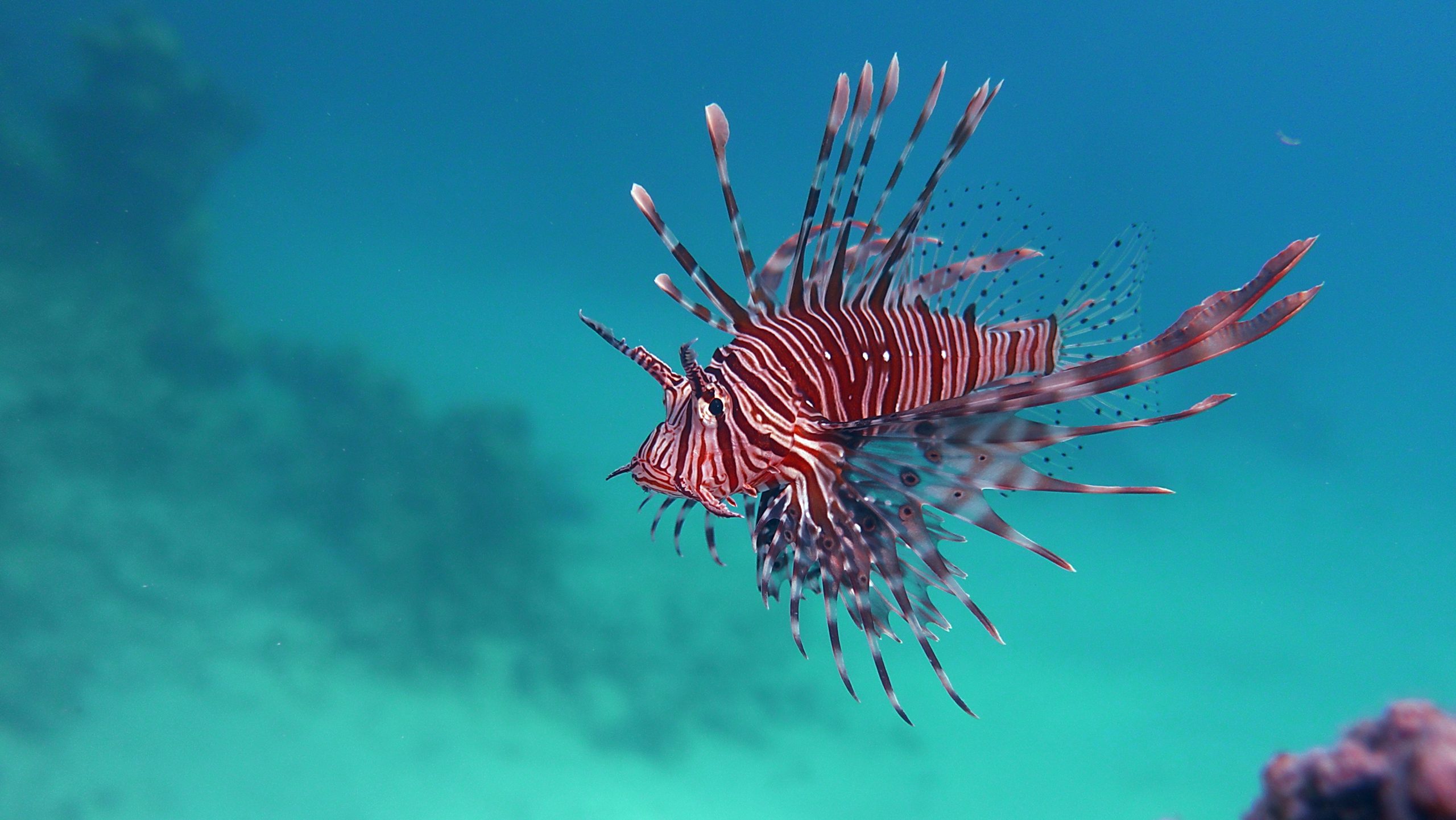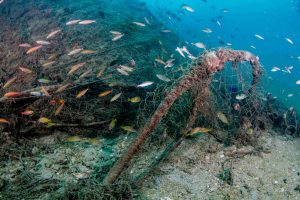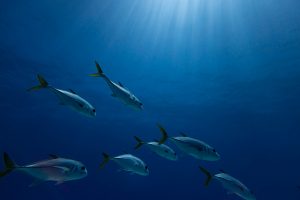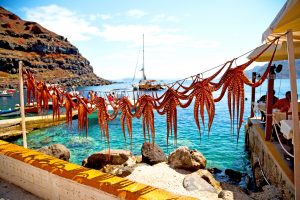Don’t be surprised if you find yourself face-to-face with a beautifully confident lionfish while snorkeling around the Greek islands this summer, particularly in the South Aegean.
But watch out: this invasive species can swim around like it owns the Med, due to the venomous spines that protrude from its body in a fanlike fashion, earning it the name “turkeyfish” in some countries and cultures.
Lionfish are considered the world’s most successful and aggressive Invasive Alien Species (IAS).
According to the International Union for Conservation of Nature (IUCN), lionfish are a “hard to beat opponent” due to the rarity of top predators and diseases that impact the fish.
Moreover, a female lionfish can produce eggs every three to four days, which add up to a whopping two million a year.
The combination of these two factors makes it impossible to remove them completely.
In the Med, it took the species just two years to establish itself and spread from the Eastern Mediterranean all the way to Tunisia. Now, they regularly appear on the Instagram and TikTok feeds of surprised tourists visiting Greece.
So what’s the problem with a few more fish, one might ask?
Well, lionfish have a voracious appetite for one, and researchers warn that a single lionfish can reduce the number of native fish that reach adulthood in its vicinity by 80% in just over a month.
Additionally, lionfish also kill off parrotfish, which play a critical role in cleaning rocks and corals, preventing the latter from being smothered-to-death by algae.
Managing IAS: Turning the Tide
The concept of eating invasive species as a method of control is not a new one, but it has been gathering steam globally as scientists, fisheries and consumers realize that, in many cases, IAS can’t be managed through other methods.
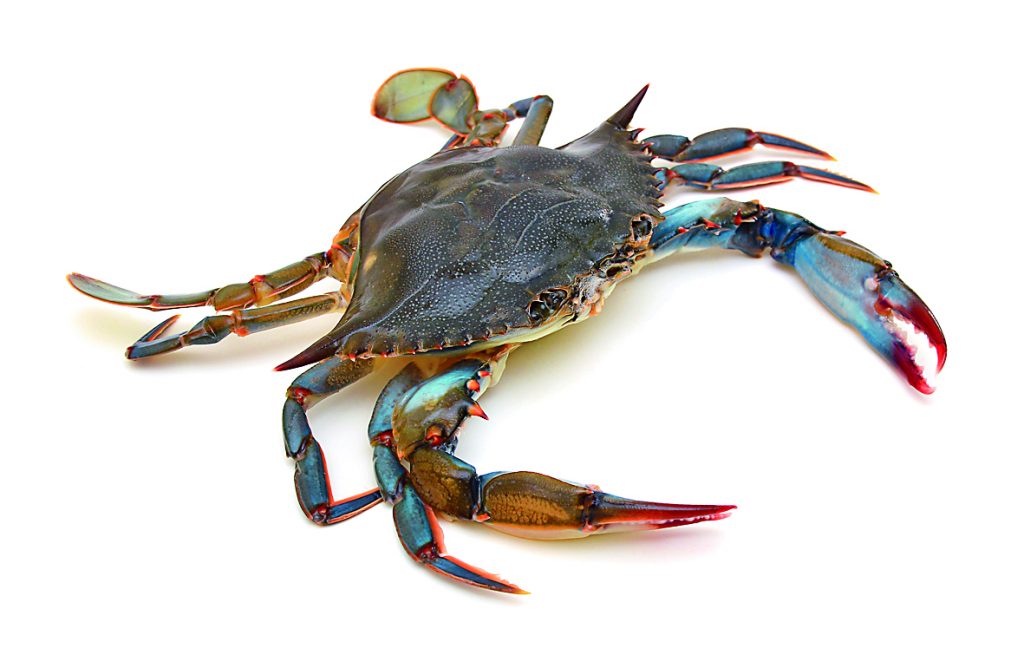
• Blue Crab (Callinectes sapidus): Native to the western Atlantic, now spreading along Mediterranean coasts, disrupting local fisheries, outcompeting native species, and razing seagrass beds. Edible and considered quite tasty.
It has even sparked a food movement: the “invasivores” who have dedicated themselves to saving ecosystems by eating invasive land and marine species. And while “invasivores” eat non-IAS seasonally for the sake of environmental sustainability, they make a point of consuming invasive species all year round.
Researchers generally applaud the efforts to create a market for lionfish, since traditional approaches like prevention, early detection, physical removal, habitat modification, and biological control have proven ineffective.
The Caribbean, which has been battling lionfish for decades, has led the way in transforming IAS into culinary delights, creating a win-win for ecosystems, hungry consumers and some fisheries.
However, recent research on the lionfish market in the Caribbean notes that, while the “If you can’t beat ‘em, eat ‘em” approach has fewer unintended ecological impacts than methods like genetic modification and biological control, it may have unintended social impacts.
For example, an article in the ICES Journal of Marine Science points out that while lionfish can be harvested by spearfishing, the lionfish market in the Caribbean “disproportionately benefits fishers that use fishing gear considered ‘unsustainable’.”
Additionally, just because some of the invasive species resemble foods one may be used to consuming, such as sea urchin or seaweed, caution must be excercised as several invasive species in the Med are considered to be so toxic that they should not be consumed in any form.
One of these species is known as “killer algae”, which is so toxic that even fish and other sea life that feed off of it should not be consumed.
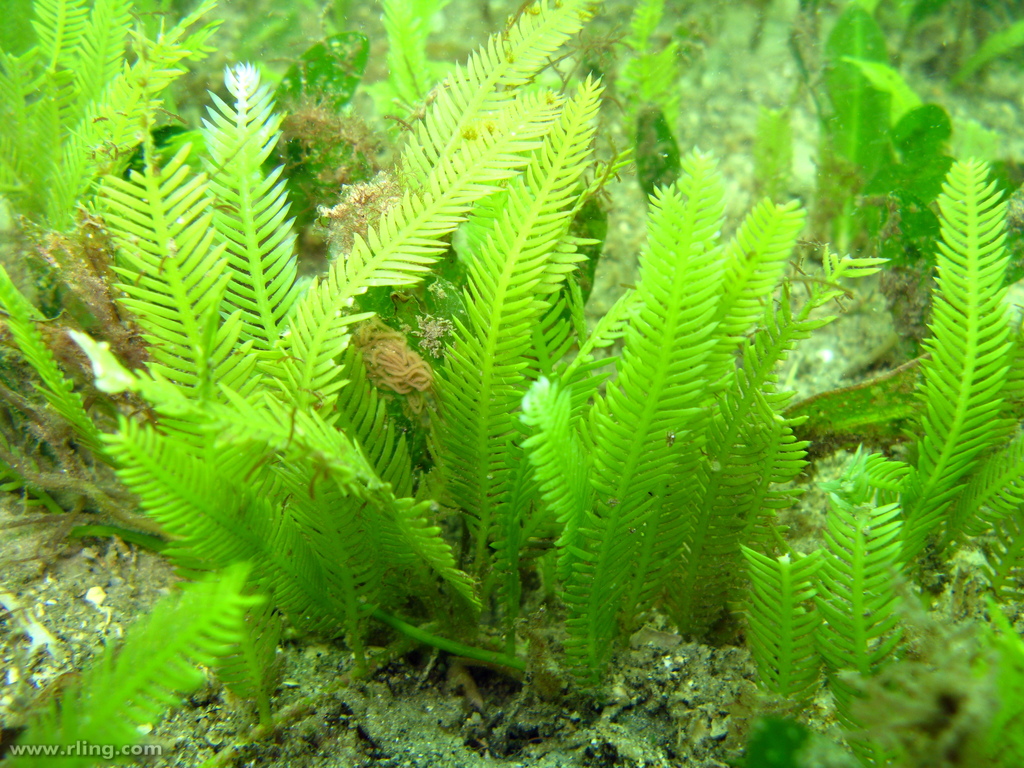
Killer Alga (Caulerpa taxifolia): Introduced from aquarium dumping, forms dense mats that smother native marine flora and fauna. Highly toxic and neither the alga itself nor sea creatures that have fed off of it should be eaten.
Another widely seen IAS in the Med is the Indo-Pacific sea urchin. It is easily distinguishable from the common brownish and edible sea urchin found near Greece’s shores because this invasive species has long, purplish and highly venemous spines. The toxins are so dangerous that scientists and researchers discourage consuming the sea urchin.
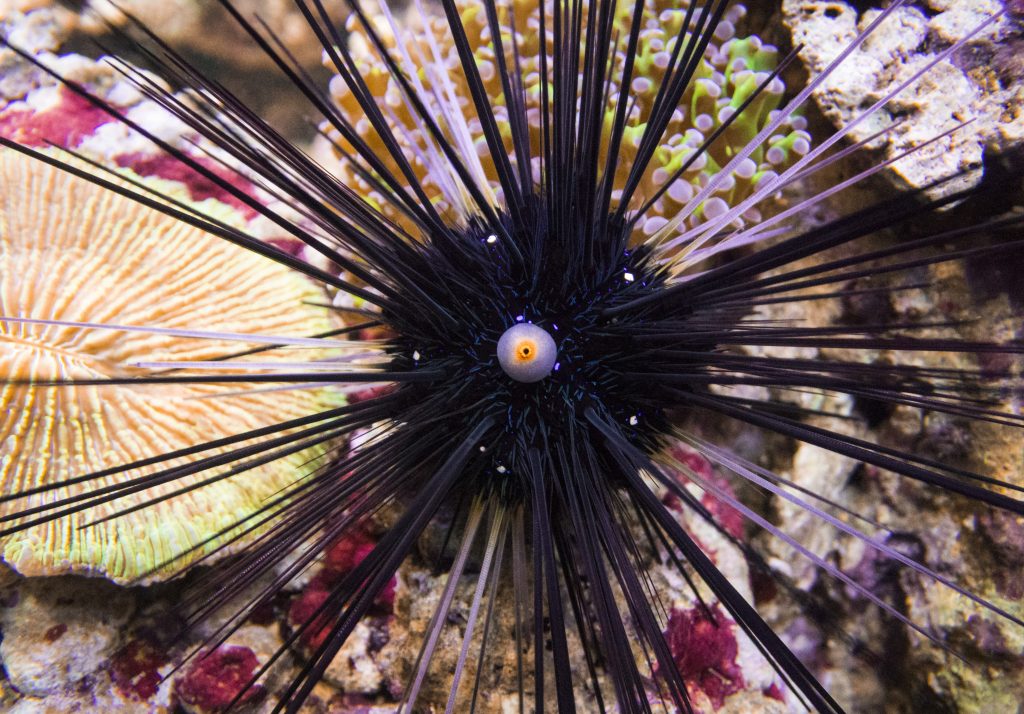
Indo-Pacific Sea Urchin (Diadema setosum): Originally from the Indian Ocean, now thrives in the southeastern Mediterranean and Dodecanese. It devastates benthic communities and local sea urchin populations. Scientists are urging immediate population control and caution against human consumption, due to its venomous spines.
Eating IAS in Greece: A New Market
The market for invasive species in Greece, particularly in the South Aegean, is just starting to take shape.
While blue crab has a head start, thanks to its easy processing, great taste and a booming global crab market valued at 11.5 billion USD in 2023, the lionfish faces some hurdles.

A robot in the Robotic Kitchen prototype created by Moley Robotics cooks a crab soup at the company’s booth at the world’s largest industrial technology fair, the Hannover Messe, in Hanover April 13, 2015. REUTERS/Wolfgang Rattay TPX IMAGES OF THE DAY
“It is important to educate fisheries and consumers that lionfish, if prepared properly, is safe and tasty,” the President of the Dodecanese and Cyclades Chefs’ Club, Nikolaos Christoforou, told To Vima English Edition.
“That’s why we organized a seminar at the end of last year for fishers, cooks and restaurateurs, where we showed participants how to clean and serve lionfish in a safe way.”
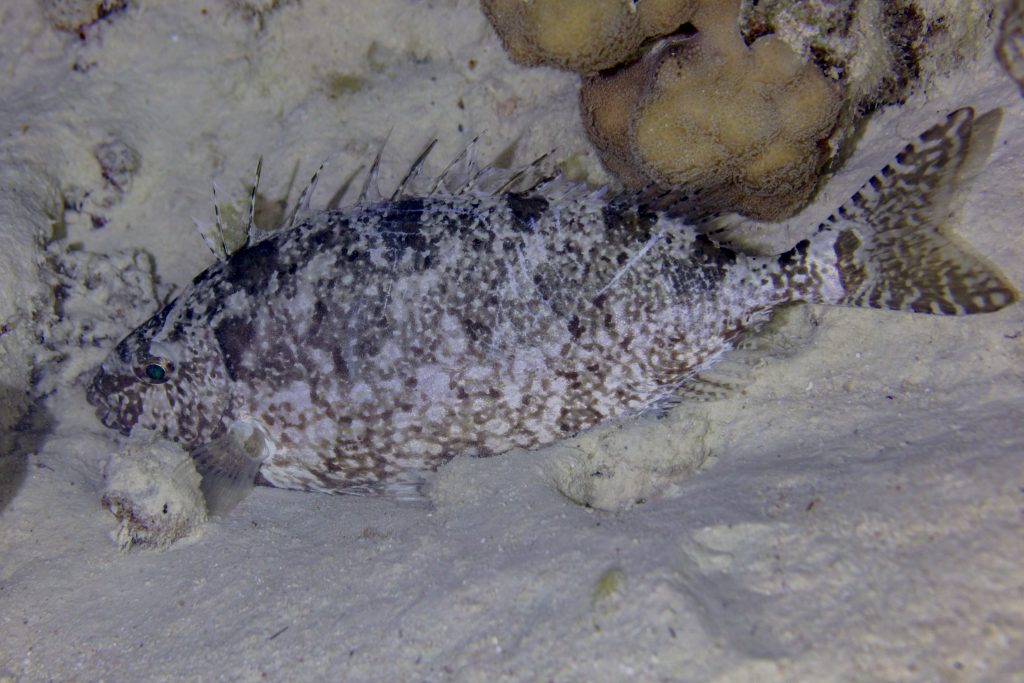
Rabbitfish (Siganus rivulatus and Siganus luridus): Herbivorous fish, native to the Red Sea. Entered the Mediterranean through the Suez Canal. Their grazing habits degrade local seagrass beds and algal communities and they have poisonous spines. Edible, but require special processing due to their venom.
The seminar, part of an EU-funded Interreg program entitled “Marine Environment, Coastal Threats and Fisheries”, also included lionfish recipes and a meal of lionfish for the attendees. The program aims to protect the marine environment while enhancing fishers’ incomes.
That being said, Christoforou made a distinction between the lionfish and the rabbitfish, noting that the latter is edible but more complicated to clean, so it is not yet encouraged for consumption.
Lionfish: Coming Soon to a Greek Taverna Near You?
So should we expect to see lionfish on the menu at Greek fish tavernas this summer? Not so fast, says Christoforou.
First of all, fishers aren’t actively seeking out lionfish yet. Still, “the lionfish are getting stuck in nets due to their spines, so fishermen cut off the spines and sell them,” Christoforou explains. They currently fetch a price between 8-10 euros per kilo.
In fact, he notes that since lionfish are tasty, with meat similar to that of the red scorpion fish commonly found in fish soup in Greece, they may already be making an incognito appearance in your ‘kakavia’, a traditional Greek fish soup.
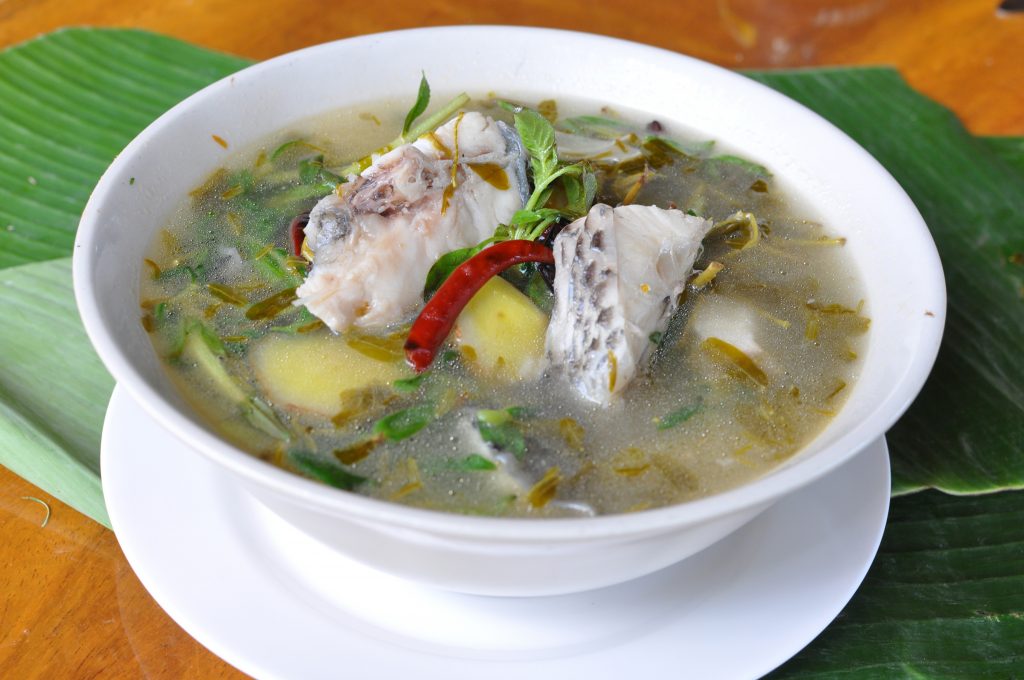
Christoforou also stresses that, while lionfish can also be served raw as carpaccio or cooked whole, to truly create a market for lionfish and start having an impact on reducing their populations, “More work needs to be done on education, training and awareness.”
This is why he is planning another round of seminars after the end of this year’s tourist season, to highlight additional ways in which lionfish and other IAS can be prepared for human consumption.
In the meantime, Christoforou notes that the students at IEK Tourism, a culinary arts training school on Rhodes, are being trained how to prepare lionfish.
So, the next time you’re savoring a bowl of fish soup on a Greek island, consider this: you might inadvertently be helping to protect the Med by enjoying an invasive predator that has been transformed into a culinary delight.

